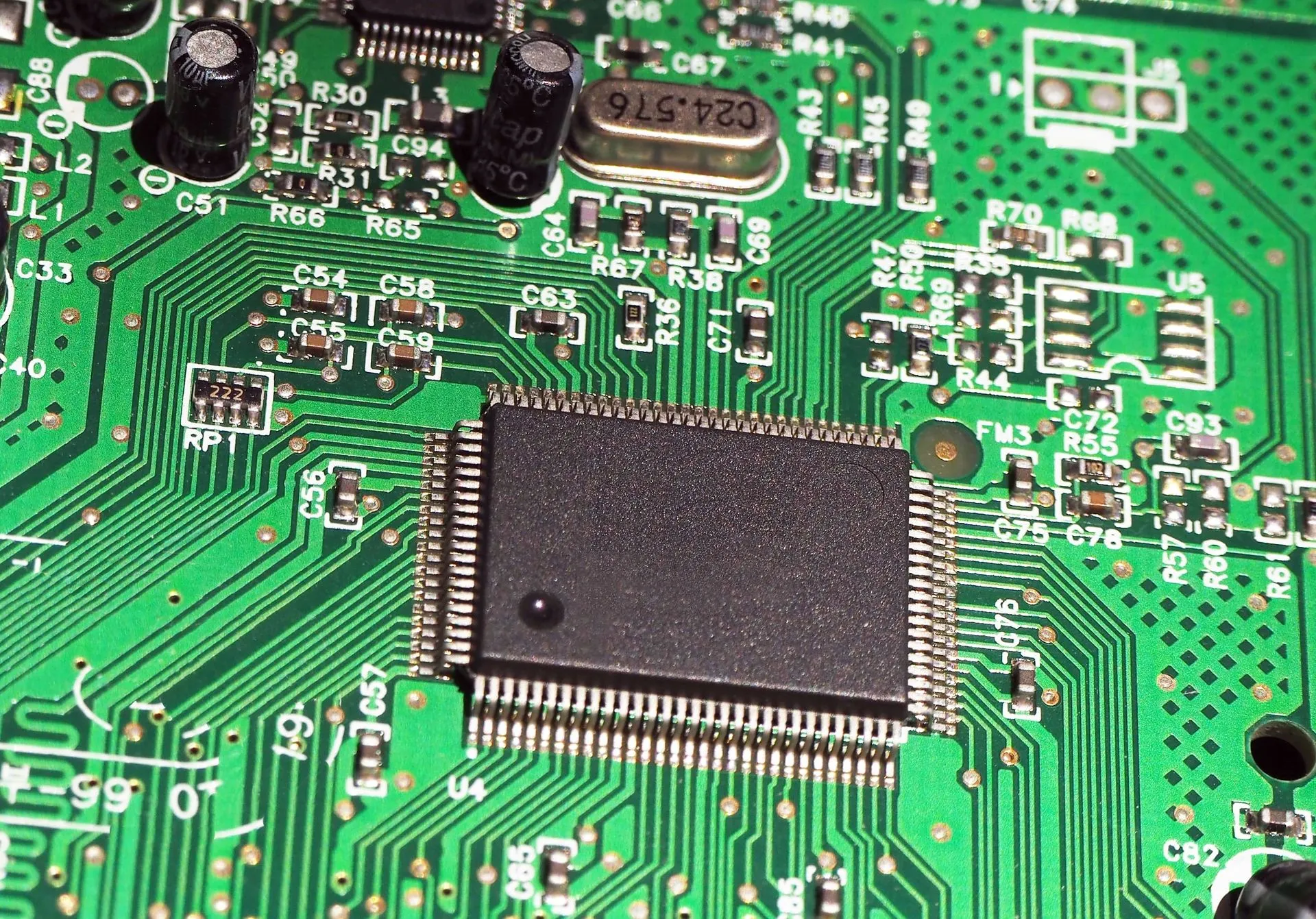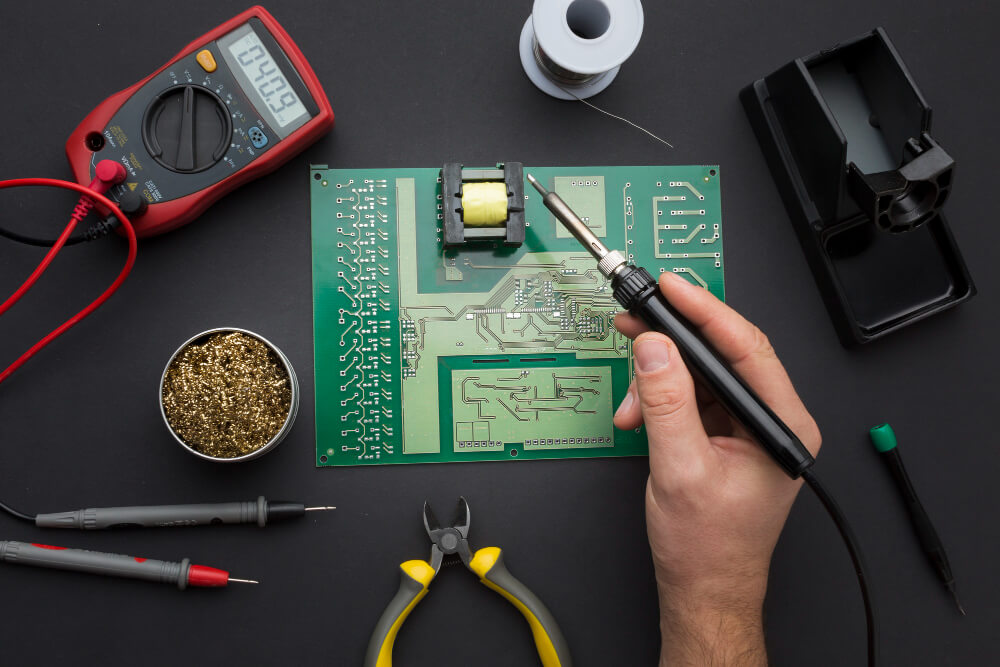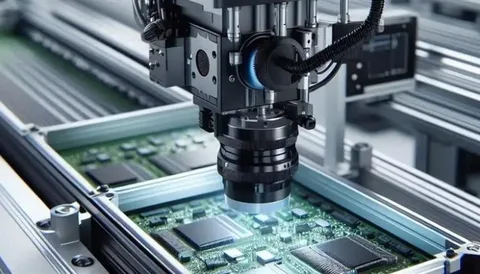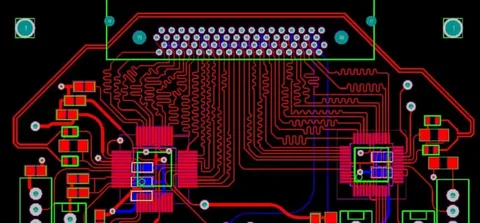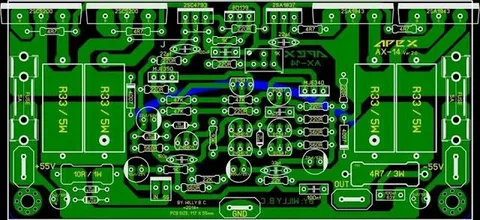Today more than ever, quality is no longer a product of good design and manufacturing but a strategic imperative. Design for Excellence (DfX) is an experimental form of efficient innovation that is based on the enhancement of every step of product design process, from conceptualization to the delivery of the end product. When adopting quality, efficiency and effectiveness in the design process, organizations will be in a good position to meet and excel in delivering their results. Below is a step by step guide on how best to conduct DfX As follows.
DfX is an integrated business practice that seeks to optimise specific characteristics of a product in aspects like producibility, durability, cost, and sustainability. It entails the broader perspective of the product life cycle so as to foster integrated cooperation of functional departments.
Key Principles of DfX
DfX comprises several concepts that make it cover all aspects of the product design. These principles include:
Design for Manufacturability (DfM): The aspect of making sure that the product can be produced profitably, given that manufacturing costs can sometimes be more prohibitive than launching a product on the market.
Design for Reliability (DfR): On the aspect of product requirements, there is concern with long-term performance and reliability.
Design for Sustainability (DfS): Reducing the overall negative impact of its products on the environment in each stage of their life cycle.
Design for Cost (DfC): Evaluating a product or service in such a way as to drive costs down to the barest minimum possible but not necessarily a substandard product or service.
Steps to Implement DfX
DfX cannot be introduced and effectively embedded in an organisation without a structured systematic and systemic approach. Follow these steps to integrate excellence into your product design process:
Step 1: Define Clear Objectives
Set measurable targets which support your business plan and which are expected by customers. However, if the goal is to increase the reliability of a product or to cut costs of production, clear objectives help determine the direction of the design process.
Step 2: The Concept of Integration at an Early Stage
The application of DfX at the concept stage of the product development means that problems are already solved at this stage, which will eventually save time and resources.
Creating A Strategic Framework for Cross Functional Teams
The essence of DfX is indeed collaboration. Co-locating the design, engineering and production departments guarantees that every part of the product is in harmony with overall aims. Such an approach does not produce departmentalization and promotes creativity; thus, a strategy is developed that is more effective.
Optimizing the Application of Modern Instruments and Tools
DfX cannot be complete without the employment of sophisticated tools including CAD software, simulation models as well as prototyping technologies. These tools allow teams to depict designs, prototypic scenarios and optimize processes prior to the actual implementation of a design.
Placing Customer-Centered Design as a Top Agenda
This insight is crucial in designing products that target your specific audience, which will be covered in this article. DfX involves the customer characteristics into each phase of development to guarantee the ultimate product provides value and satisfaction.

Designing Quality at Every Phase
DfX also stresses the need to introduce quality into every stage of the life cycle of the product. These attribute to selection of material down to the modes of assembling each one of them in the final product.
Cutting Down Costs of Production Without Sacking Quality
Another advantage of DfX is that it is the reduction of cost. Design and process integration allows businesses to cut costs of production while preserving the quality of the end product. It improves profitability as well as customer satisfaction due to a balance between cost and quality.
Sustaining and Maintaining Web Accessibility
DfX makes products ready for scaling up, which allows organisations to meet increasing customer needs while maintaining product quality. They also enable easy customizations, helping to retain the product in the market even when competition changes or adds other unique features.
Reduction of harm on the environment
Sustainability is one of the critical pillars that define the products in the current generation. DfX principles include the application of environment friendly material and energy utilization. These actions are not only helpful for the world but also considered by consumer searching for environmentally friendly products.
Feedback: The Path to Ongoing Growth
DfX is a cyclical process that depends on feedback. This helps designs to grow with new needs and changes in standards estimated in every design. This way, industries will be able to sustain the application of competitiveness factors through developing the culture of continuous improvement.
Conclusion
Design for Excellence (DFX) is not just a method but also a concept which is all about doing it right, doing it well and doing it to meet the ultimate needs of the customer. When you incorporate DfX into the development of your products, you will develop products that change the market. To complement this approach, DfX keeps all the elements of the process as focused on producing a high-quality and innovative end-product as possible. It’s time to integrate DfX into your process and revolutionize your product development process to improve performance and success over the long-term.

